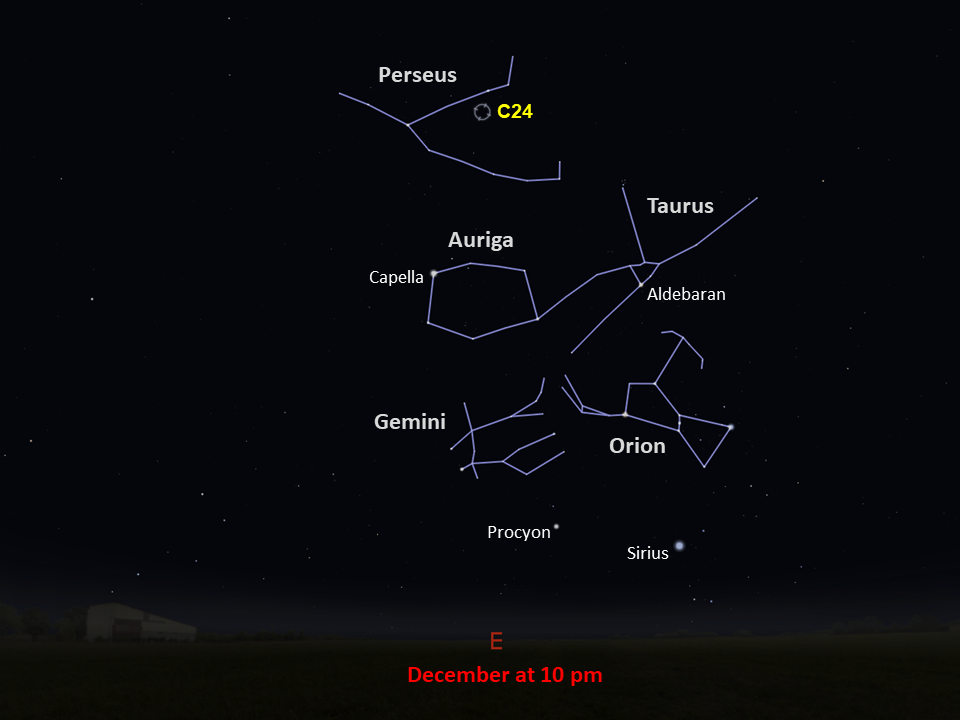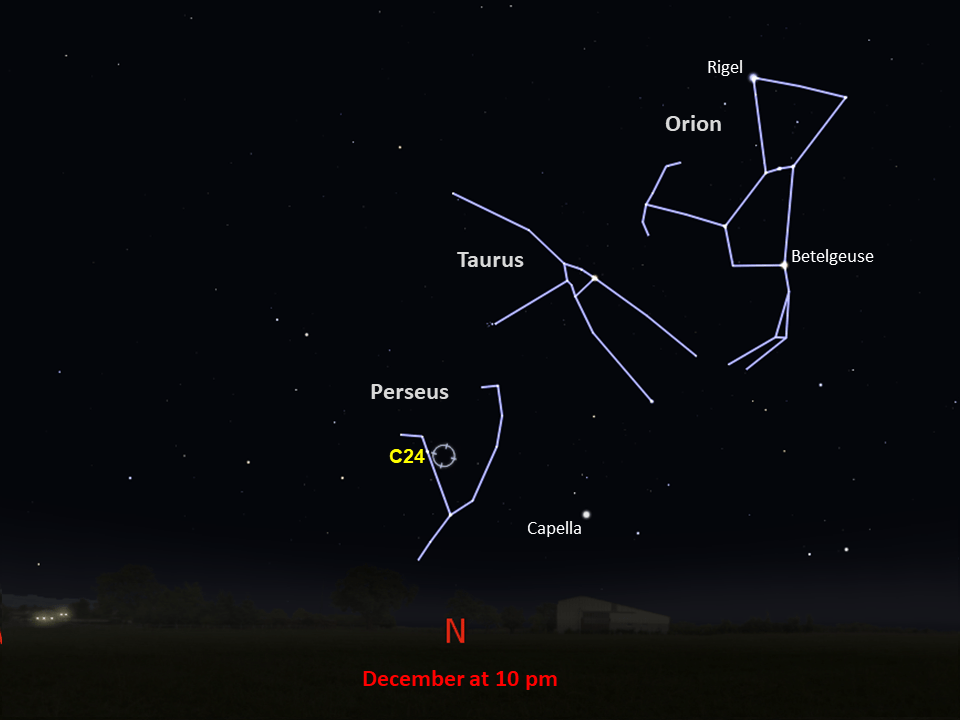Caldwell 24
Caldwell 24 is one of the closest giant elliptical galaxies to Earth and was discovered by William Herschel in 1786.
Distance
230 million light-years
Apparent Magnitude
11.9
constellation
Perseus
object type
Elliptical Galaxy
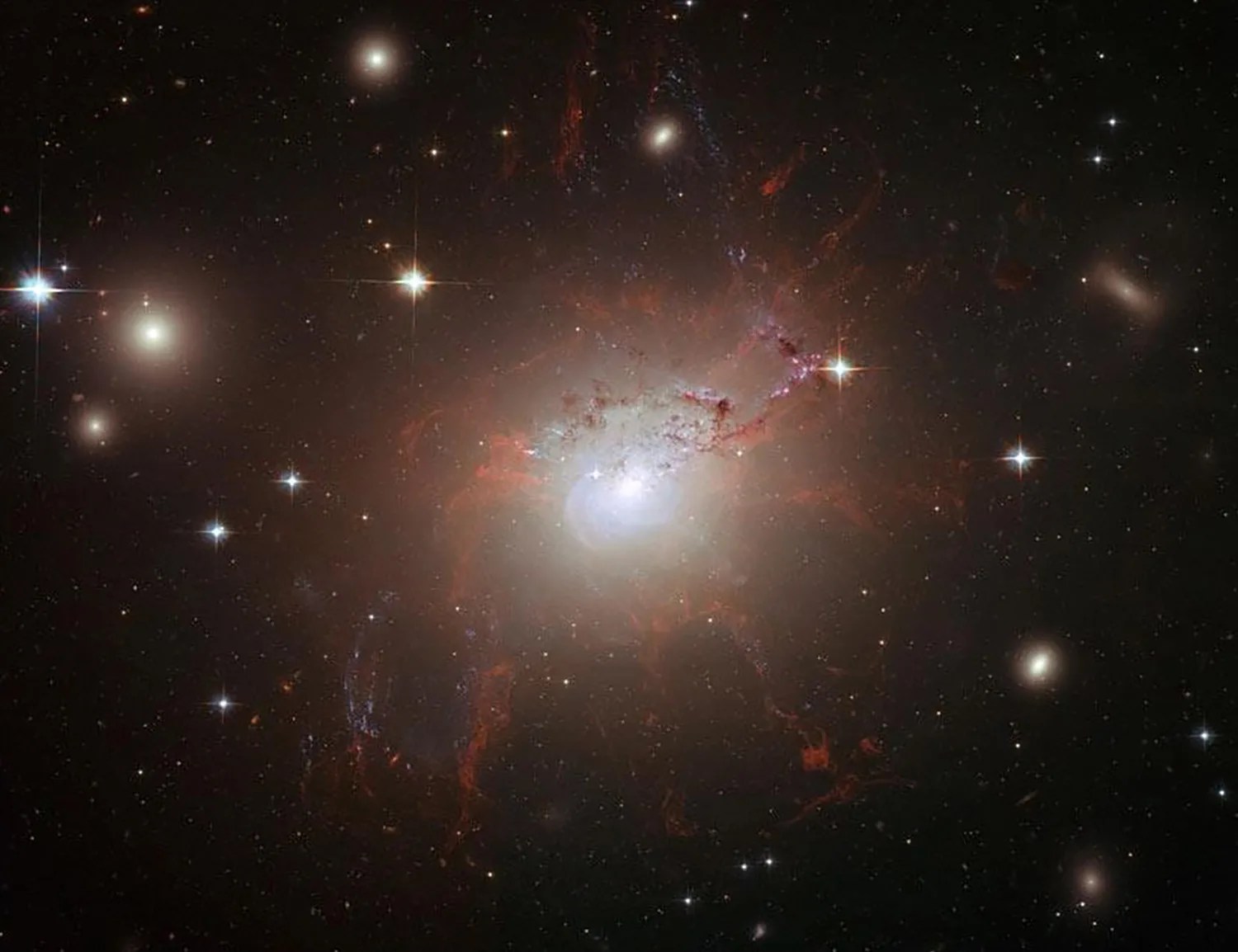
With this image, Hubble became the first to resolve giant but delicate filaments of gas shaped by strong magnetic fields around Caldwell 24 — an elliptical galaxy also known as Perseus A and cataloged as NGC 1275. Scientists believe that most large galaxies have supermassive black holes at their centers, containing millions or billions of times more mass than the Sun. As gas falls toward the black hole, it gathers into a so-called accretion disk and becomes compressed and heated, ultimately emitting X-rays. Caldwell 24 is known to scientists as an “active galaxy,” with its central black hole generating unusually powerful X-ray and radio emission.
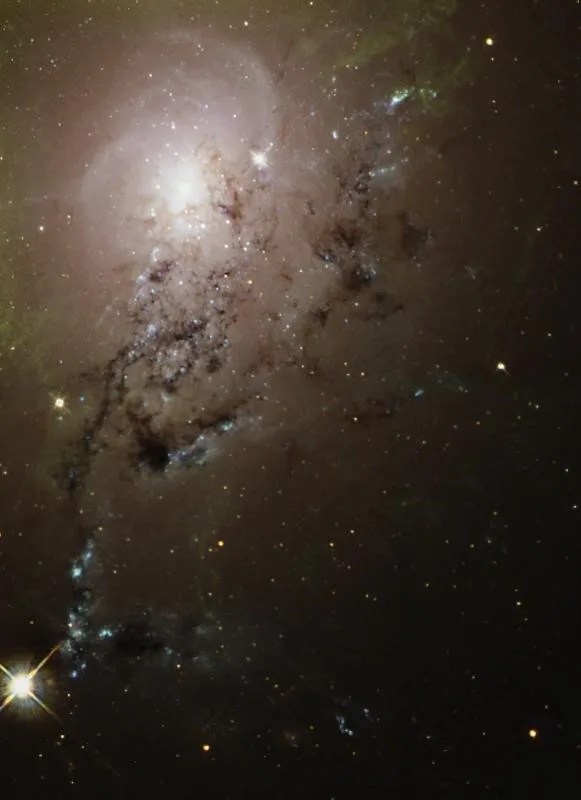
Hubble’s observations of Caldwell 24, taken in visible light with the Advanced Camera for Surveys in 2006, marked the first time the individual threads of gas that make up the filaments were resolved. These wispy structures extend up to 20,000 light-years out into the cosmos — around 5,000 times farther than the distance between the Sun and its closest neighboring star, Proxima Centauri. An average filament contains about a million times more mass than our Sun.
The filaments are formed when cold gas from the core of the galaxy is dragged out in the wake of the rising bubbles blown by the black hole. These gossamer strands have somehow withstood the hostile, high-energy environment of the galaxy cluster for over 100 million years. Astronomers believe that magnetic fields may hold the charged gas in place, acting against the tendency to either disperse and evaporate or collapse to form new stars.
At a distance of about 230 million light-years, Caldwell 24 is actually one of the closest giant elliptical galaxies to Earth. It was discovered by William Herschel in 1786 in the constellation Perseus, and is best seen in late fall to early winter from the Northern Hemisphere. (In the Southern Hemisphere, look for it low in the northern sky in the late spring to early summer.) It is both small and dim at magnitude 11.9, so you will need a telescope (the bigger the better) to see it well.
For more information about Hubble’s observations of Caldwell 24, see:
Hubble Sees Magnetic Monster in Erupting Galaxy
Freewheeling Galaxies Collide in a Blaze of Star Birth
Glossary
Elliptical Galaxy - A nearly featureless, spherical or football-shaped galaxy, typically lacking new star formation and often containing much older stars than those in spiral galaxies.
Magnitude - The brightness of an astronomical object, represented by a number; bright objects have low numbers on the magnitude scale, while dim objects have high numbers.
Spiral Galaxy - A galaxy characterized by its spiral structure, with star-filled arms that extend out from the center of the galaxy and host regions of star formation.
Supermassive Black Hole - A black hole millions or billions of times more massive than the Sun, typically residing at the center of a large galaxy.
Explore Hubble's Caldwell Catalog
The following pages contain some of Hubble’s best images of Caldwell objects.
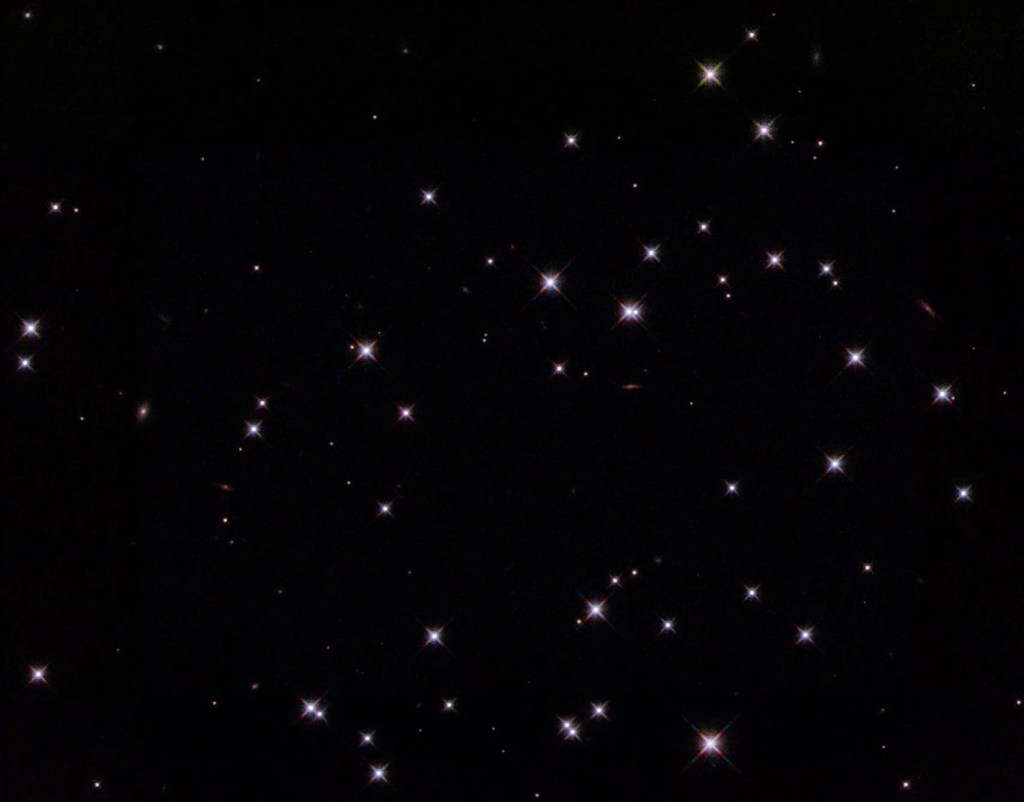
Also known as NGC 188, this group of stars formed from a large cloud of gas making the stars roughly…
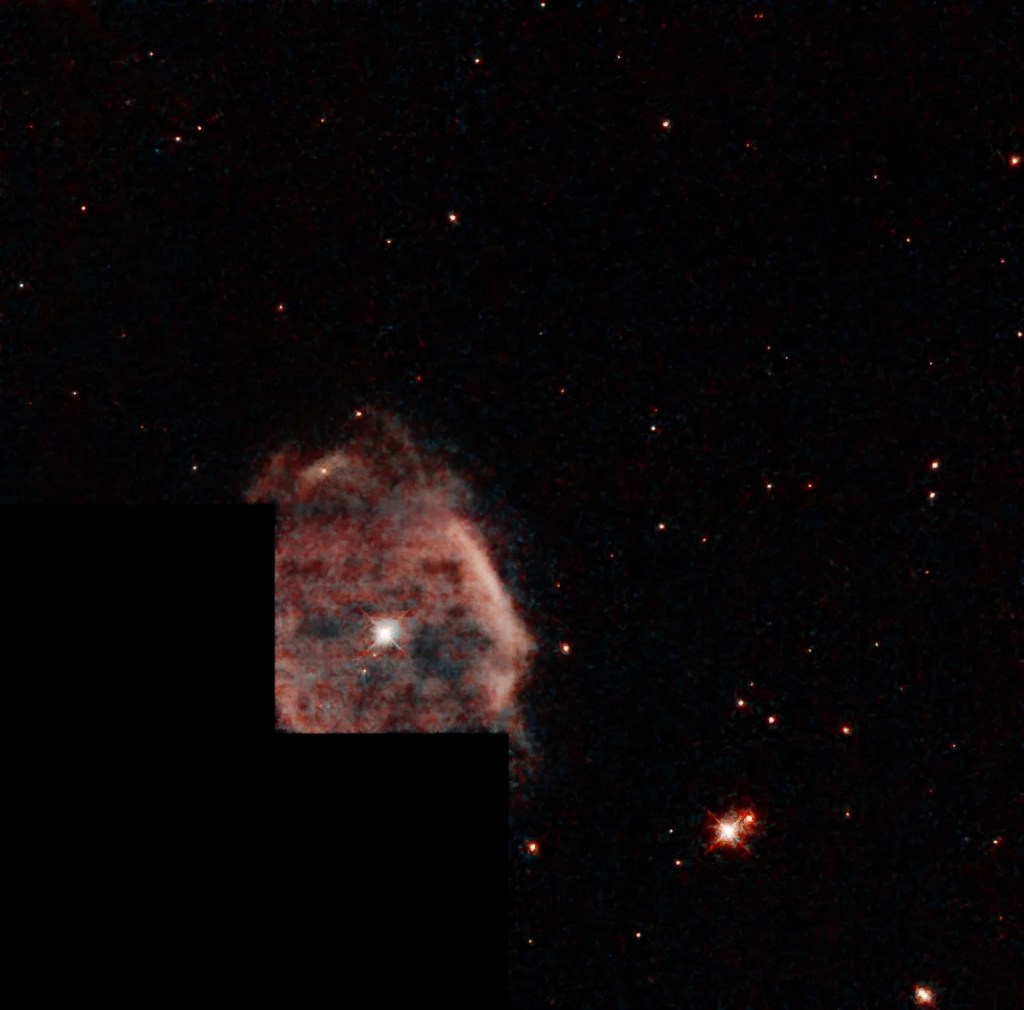
This shell of gas is expanding outward, away from the dying star within.
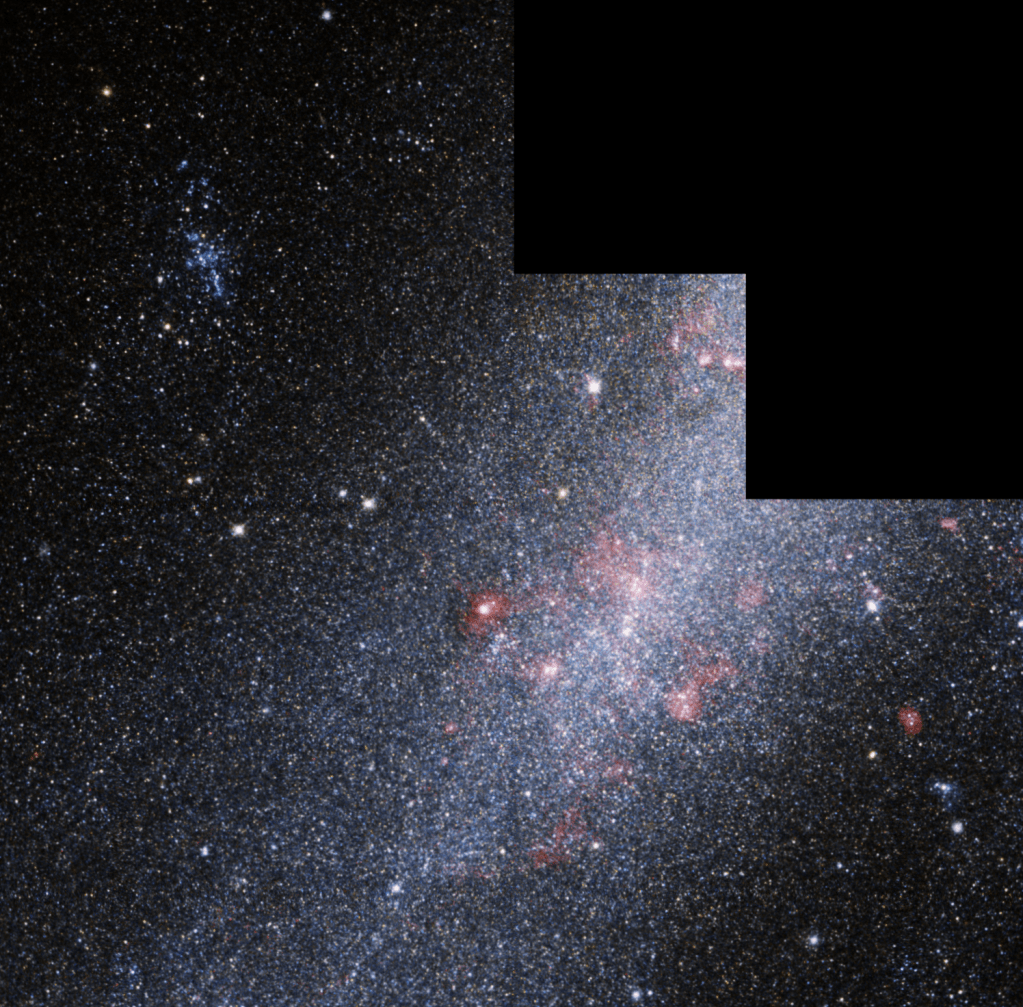
This barred spiral galaxy was first spotted by British astronomer William Herschel in April 1793 in the constellation Draco.




























